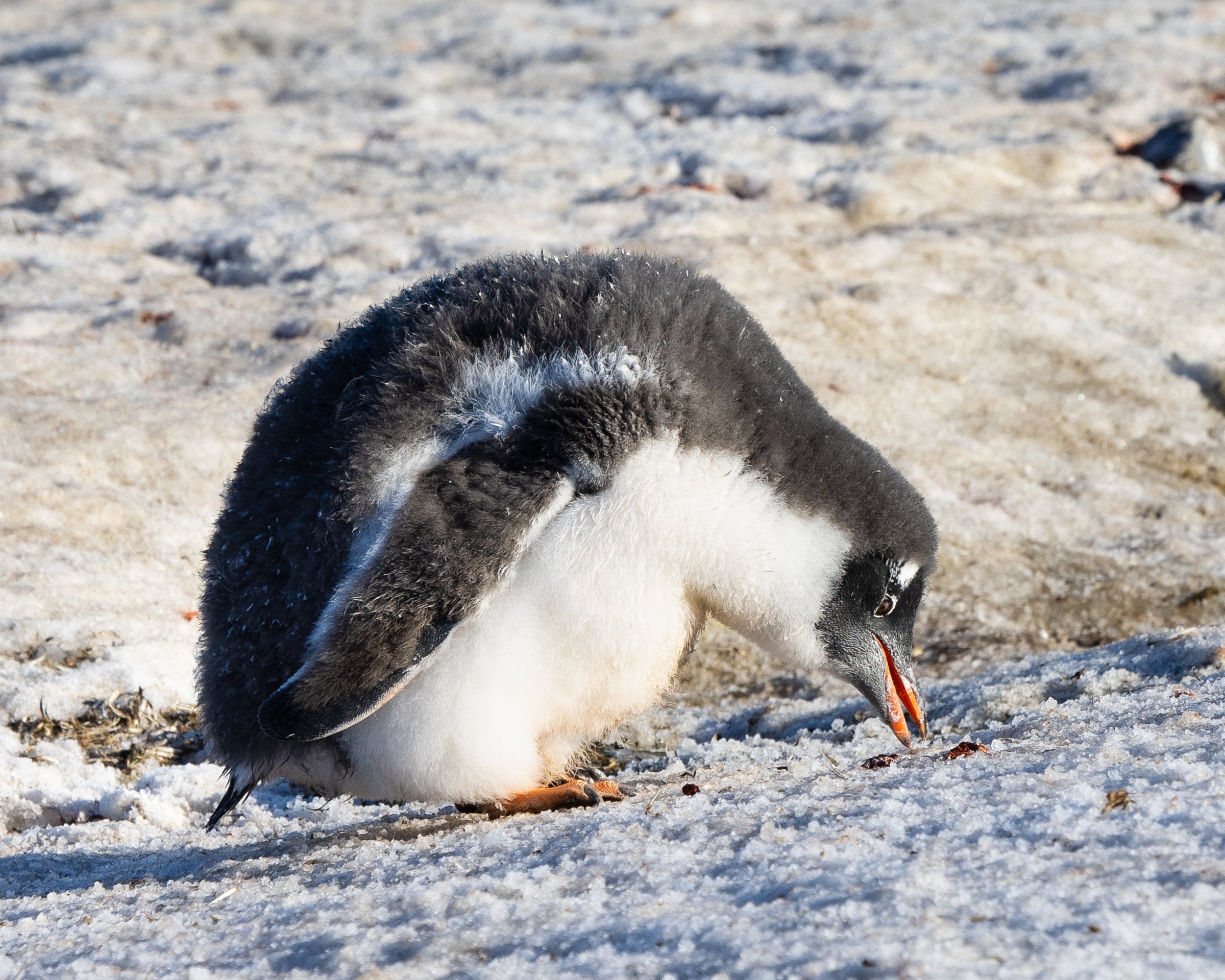"Photography Tips for Antarctica: Glaciers, Wildlife, and More"
"Antarctica…It’s frozen landscape at sunrise, showcasing dramatic icy peaks and calm reflective waters captured during an expedition."
Introduction to Antarctica Photography
Embarking on an Antarctica photography expedition is a dream for many adventurers. This frozen landscape offers breathtaking icy peaks, vast glaciers, and extraordinary wildlife, presenting unique opportunities—and challenges—for photographers. This article provides essential tips to help you capture stunning images of Antarctica’s breathtaking beauty.
Choosing the Right Camera Gear for Antarctica
Selecting reliable gear is critical for photographing in Antarctica's harsh conditions. While my equipment choices were specific to a particular brand, these insights can be applied across all major camera manufacturers to suit your specific needs:
Wide-Angle Lens for Landscapes:
A versatile lens with a focal range such as 24-70mm and a wide aperture (e.g., f/2.8) is ideal for capturing dramatic landscapes and vibrant sunrises. Its versatility makes it a must-have for capturing the diverse landscapes of Antarctica.Telephoto Lenses for Wildlife:
A mid-range telephoto lens (e.g., 70-200mm) is perfect for close wildlife encounters, while a longer telephoto lens (e.g., 100-500mm) excels at photographing distant subjects, such as whales and seabirds during zodiac tours. Versatile telephoto options are key for capturing unique moments in the field.Backup Camera Bodies:
Bringing two camera bodies helps avoid frequent lens changes in challenging conditions, reducing the risk of exposing equipment to moisture or cold. Features like in-camera cropping can extend your reach for capturing distant wildlife or intricate landscape details.
Packing and Organizing for Antarctica’s Challenges
Antarctica’s unforgiving environment demands careful preparation. Here’s how I managed my gear:
Dry Bag Essentials:
A 20L dry bag with backpack straps kept my cameras safe during splashy zodiac rides and landings. I cushioned my gear inside with microfiber towels.Protective Measures:
UV filters on all lenses were lifesavers, shielding my gear from damage during unexpected mishaps, such as a fall in loose lava dirt at Deception Island. Replacing the filter allowed me to keep shooting without missing a moment.Lightweight Support:
I brought two carbon hiking sticks but found one sufficient for navigating rocky terrain while keeping a hand free for photography. This simple adjustment helped me focus on capturing shots without worrying about stability.
"A seal basking on the dark lava dust of Antarctica’s Deception Island, captured on an overcast day. Taken shortly after a UV filter protected my lens during a mishap, as described above."
Tips for Zodiac and Shore Excursions
Landings and zodiac tours are the highlights of an Antarctica expedition. To make the most of these experiences:
Plan for Splash Zones:
Use weather-sealed cameras or waterproof housing and bring a light rain jacket or cover for extra protection against water and mist.Quick Access Setup:
Keep one camera ready for landscapes and another for wildlife. Positioning in the zodiac matters—the front seat offers more stability and space for photography. To be respectful, consider rotating seating positions within your group to give everyone a chance to enjoy the views. If you’re the only photographer in your group, sharing your images can be a thoughtful way to include others in the experience.On-the-Go Essentials:
Carry extra batteries, memory cards, and a microfiber cloth in a Ziploc bag within your parka pocket. Having these essentials within arm’s reach is invaluable during unpredictable conditions, such as strong wave splashes or misty environments that could obscure your lens.
"A serene view from a landing at Portal Point, Antarctica, featuring Ponant’s expedition ship, 'Le Boreal,' resting in smooth icy waters.”
Onboard Photography Tips
While on the ship, opportunities for wildlife sightings are frequent. Here’s how I stayed prepared:
Keep cameras loaded with fresh batteries and memory cards at all times.
Consider booking a cabin close to the observatory deck for quick access to wildlife on both sides of the ship. I frequently photographed from both sides of the ship in stunning locations like the Lemaire Channel, Portal Point, and Deception Island.
Backup your images daily to an external hard drive or swap out memory cards regularly. Harsh environments increase the risk of damage to your gear or losing images due to unforeseen accidents, such as dropping a camera.
"Wildlife is everywhere. This cute seal image was captured from a floating zodiac while navigating the Wiggins Glacier area in Antarctica. Shot with a 100-500mm at 500mm."
"A humpback whale gliding through the icy waters near Wiggins Glacier, Antarctica. Captured from a floating zodiac with a Canon R5 and RF 100-500mm f/4.5-7.1 L IS USM lens at 1/1000 sec, f/7.1, ISO 100, 500mm."
Reflections on Antarctica Photography
Antarctica’s frozen landscapes and unique wildlife offer unmatched photographic opportunities. While challenges like harsh weather and weight restrictions challenge your resilience, the rewards are unforgettable. I often think back to the quiet moments on the icy shores, camera in hand, marveling at the sheer grandeur of this untouched wilderness. Embrace the moment, adapt to the environment, and let your creativity thrive—whether using professional gear or a smartphone.
Click on this link, Antarctica, to view more images from my time spent there.
"A view from the ship’s bow as it exits the bay of Portal Point, Antarctica. Captured with a 24-70mm lens at 1/100 sec, f/6.3, ISO 1000, 24mm."
Closing Thoughts
Antarctica’s grandeur inspires creativity and deepens appreciation for our planet’s natural wonders. Whether you’re an aspiring enthusiast or a seasoned photographer, your journey to this frozen continent will leave an indelible mark. Seize the moment, let your creativity soar, and capture the essence of Antarctica through your lens.
Click on this link, Antarctica, to view more images from my time spent there.
Have you photographed Antarctica or similar landscapes? Share your tips, favorite gear, or memorable moments in the comments below!
For a more in-depth look at my gear choices, read Antarctica Photography: Gear, Challenges, and Stories from the Ice.






